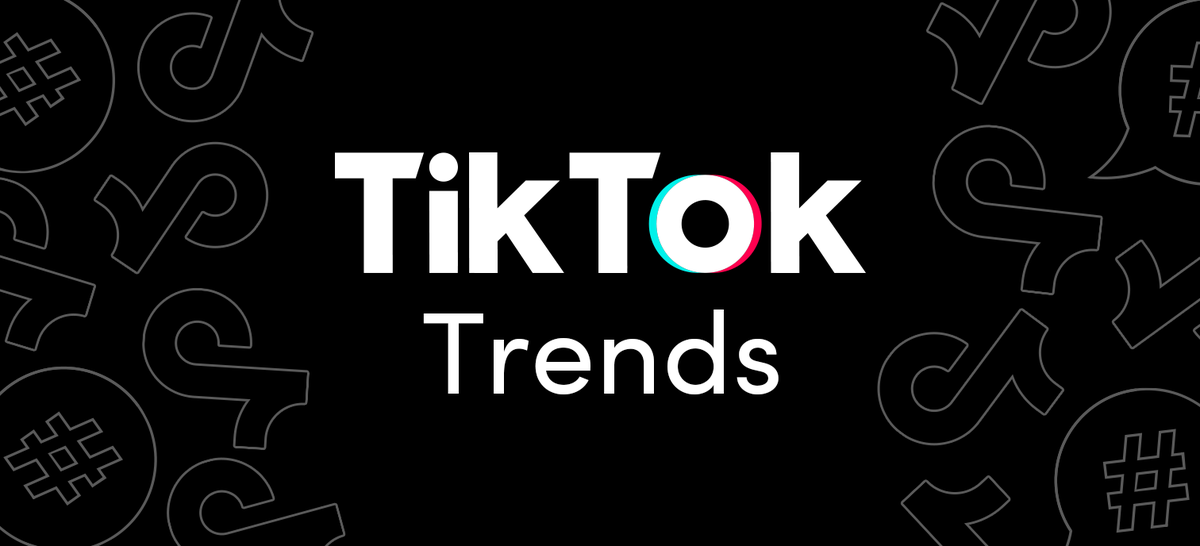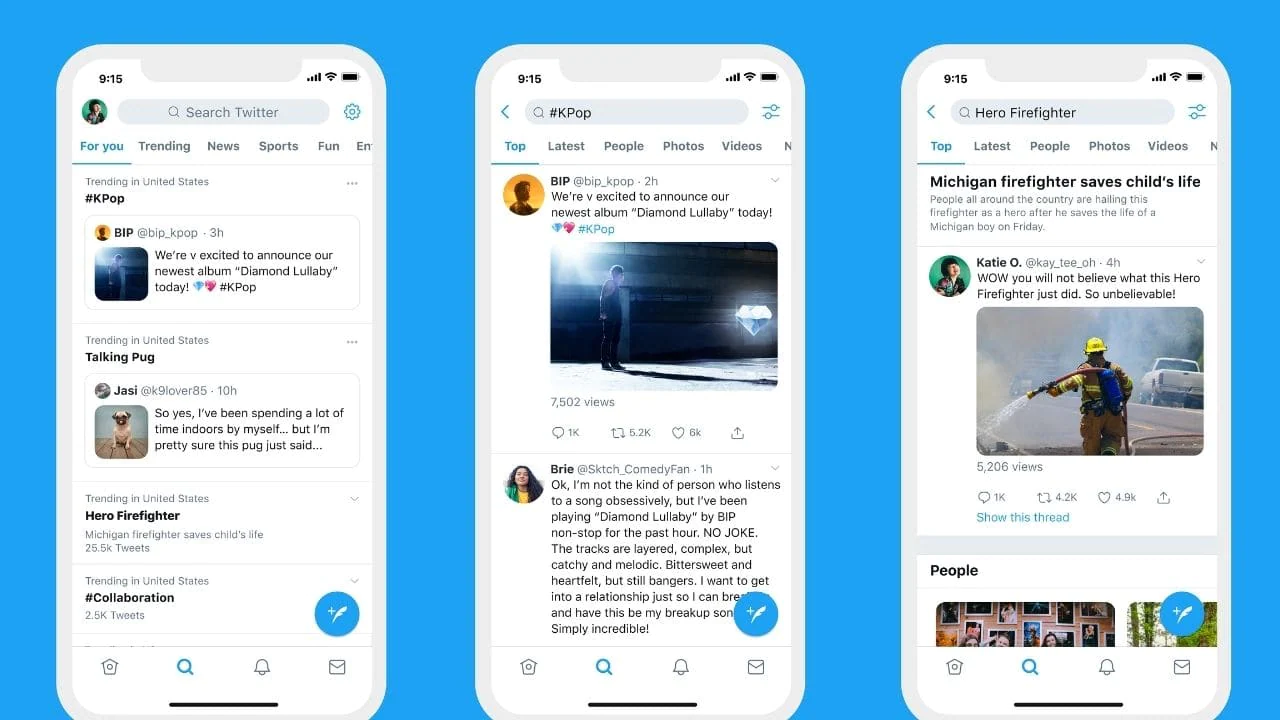What is the most challenging aspect of producing high-quality content? Coming up with new and popular blog post ideas! It’s challenging to be consistent when churning out engaging topics. And without consistency, it’s near impossible to write quality content week after week. Most Pro bloggers and big publishers appear to never run out of ideas, so how do they keep coming up with new ones?
However, deciding what to blog about isn’t always simple, but don’t worry. This article contains surefire tips on how to come up with popular blog topics.
Content
- Think globally and write locally
- Use blog ideas generator
- Curate content from TikTok
- Ask your readers what they want to see
- Monitor trends on Twitter
- Keep a file of ideas
- Take ideas from favorite blogs
- Recognize patterns
- Tell a story about yourself
- Create a checklist or guide
- Ask niche experts for interviews
- Research your competitors
- Optimize your best blog posts
- What should I do next?
Think globally and write locally
Whatever topic you’re writing about, there must be hundreds of other similar blog posts in that niche. But not everyone has looked into every nook and cranny of every niche. You can also narrow the niche by adjusting your target audience to a particular type of reader: novices or advanced users. For example, “New SEO tips for advanced users and experts.”
You can also concentrate on a specific geographic region – country, city, or continent. For example, an exciting topic on hitchhiking could be “Hitchhiking in Milan: What you must know”.
How about adding more value to existing and popular topics? You don’t need to write about something new every time: the topic may be overused, but check out your competitors and see what they missed out on.
Every article similar to this one has missed out on an important tip: Getting ideas from new social media trends.
Use blog ideas generator

Have you got blogger’s block? Don’t worry; blog topic generators will help you uncover new, intriguing, clickable content ideas.
HubSpot’s Blog Topic Maker:
The HubSpot Blog Topic Generator asks for three nouns and returns five blog topic ideas.

Buzzsumo is a favorite amongst publishers, showing the most popular existing articles and new concepts for articles.
It’s a great tool for determining popular title structures and topics. It’s simple to use – search by topic or URL (it’s always good to see what your competitors’ topic articles are).
Don’t forget to try out the filters. Limit your search to the last week or month to find newsworthy stories.
Curate content from TikTok

How do you extract content ideas from the right audience among TikTok’s 800 million active users? TikTok uses an algorithm that tailors your experience based on your device and account settings (e.g., language, country, and device type), as well as user interactions such as what you watch, like, and share.
So our recommendation? Get active on TikTok and engage with the content you like. You’ll see a lot of new trends and viral topics.
Identify Trends
Sounds, dances, transitions, and hashtags can all be used to start a trend on the app. One of the simplest ways to spot trends is to look through the Discover tab, which will show you various popular sounds and topics.
There’s a hashtag for automating the process. Some TikTokers use the hashtag #trendalert to identify trending features that others can follow.
Trends can also vary depending on what niche of the algorithm you’re trapped in. What’s popular on Tech TikTok, for example, might not be popular on Travel TikTok. And that’s okay because it means you’ll see videos of other people exclusively in your trend.
Ask your readers what they want to see
This strategy is pretty self-explanatory. Make a questionnaire and ask your readers what they want you to write about more. Have you ever wondered why so many publishers get reader surveys wrong, even though they appear to be so simple? They ask too many questions.
The obvious lesson here is not to overwhelm your audience. Keep your survey questions and content to a bare minimum, concentrating on the essential information.
By reading your comments section and checking your replies on social media, you can crowdsource content ideas. Give your existing audience a reason to comment on each post, or ask them for feedback via email.
Many successful bloggers and publishers rely heavily on reader participation and community-driven content.
Monitor trends on Twitter

Twitter trends are a huge goldmine for fresh content ideas. There are thousands of people talking about a specific topic all at once. You can see the top tweets for a particular topic and what other users think about it. A single trend alone can give you ideas for ten new blog posts. But why is the Twitter trend so valuable?
When ranking and determining trends, Twitter’s algorithm considers several factors, including the number of Tweets related to the Trends. We’ve noticed that the big wigs: NYtimes, Huffington Post, and other big content sites constantly generate and extract blog topics from Twitter trends.
Keep a file of ideas
The thing about good ideas is that you never know when or where you’ll find one. It’s all about being ready to jot it down. Keep a list of all your blog post ideas in a file (a document or a spreadsheet). You can use Task management apps like Notion to write down ideas.
Here’s an example of a content publishing pipeline on Notion.
Note any blog post topics that you think would be interesting. If you do this every time, you’ll soon have a sizable inventory to work with – even if you’re not in the mood to be creative at all.
Take ideas from favorite blogs
Exposing yourself to blogs you want to emulate can help you curate blog topic ideas. Subscribe to your favorite blogs using a feed reader (like Feedly) and check in once a day to see what’s new.
Subscribe to your favorite blogs’ newsletters to ensure that you never miss a post. Schedule some blog reading time into your weekly schedule for inspiration and ideas.
Don’t be afraid to take ideas that have proven to be successful for others. There’s a lot to be learned from other people’s successes. Just make sure you’re not stealing their content. That’s not acceptable. Always keep a record of your ideas in a file. On a rainy day, that could be just the spark you need to write a new post.
Recognize patterns
There are many tools for discovering what people search for related to specific topics of interest, as well as ways to find out what’s trending online. Knowing what people are looking for ahead of time is a great way to write content that many people will read.
Google Trends: Use this tool to see what topics are trending in any given period.
Tell a story about yourself
The best post is sometimes the one that tells the whole story. You’ve probably been blogging for a while, regardless of what you’re blogging about. In that time, what have you learned? What has changed since the beginning?
These posts aren’t just a narcissistic exercise; they can also benefit others in your industry. Everyone has to start somewhere, and the next generation can advance even faster if they learn from their mistakes. Give something back and share your story.
Create a checklist or guide
What is the most effective type of blog post? That’s simple. The best blog post is one that encourages readers to read 12 more of your posts. Making proper links between your existing posts is a good way to take advantage of this.
Go over your old posts and group related posts together and see if you can arrange them in a way that makes sense as a mini-guide so that reading them in order is beneficial.
Each post should have an introduction, a conclusion, and some brief descriptions and links. You now have a guidepost that will lead visitors on a click-through tour of your blog.
Ask niche experts for interviews
Is your mind drained? Take advantage of someone else’s! Who in your niche do you admire most and think your readers might be interested in? Send them an email and ask about doing an interview. Your task is to come up with some intriguing questions that will excite your reader’s interest. After that, they handle all of the heavy-lifting to create fantastic content on your behalf.
There’s a lot of boring “so tell us who you are and what you do” nonsense on the internet. That nonsense must not be repeated. Rather than asking them to do it for you, write a proper introduction for your subject. Do your homework and ask them a meaningful question. That is where the magic is created.
Research your competitors
It’s possible that what works for your peers and competitors will also work for you. Discover which keywords your competitors rank for and look at their best-performing articles by doing some research.
We like to do this research with AHREFs; check out their guide to conducting a practical content gap analysis.
The key is to find opportunities with low enough keyword difficulty so that you can create some unique content and get a piece of the pie. Could you improve on what has already been written by adding to it? Do you have a unique perspective on the same subject? Do you have any confidential information that you could use to create a new and exciting blog post?
Remember to record your ideas in your spreadsheet so you can go back and look into them later.
Optimize your best blog posts
Look through your analytics data to see what your most popular posts have been in the past. This is where you’ll find your best-performing articles or, as we call them: Evergreen content.
Like trees that never lose their leaves, evergreen content is always relevant regardless of season or trends. This type of content is highly valuable because it keeps bringing in loads of organic traffic at any time of the year. These posts continue to bring in a steady stream of new visitors who are discovering your blog for the first time, weeks, months, and years after you published it.
Now that you’ve established that this content is effective, the next step is to consider how you could improve it. Is it possible for you to do a follow-up? Could you please update the post’s content with a new and improved version?
Updating posts is a great SEO strategy for catching some low-hanging fruit and increasing the number of people who read your article. You’ve already put in the majority of the effort. Check out our in-depth guide to conducting a content audit and updating your best posts.
What should I do next?
Everyone has blog post ideas. Organizing them in a way that you can act on is the first step to success. Hopefully, this article has provided you with some suggestions for where to begin.
Now go ahead and get started. Create a Google Doc or a spreadsheet to keep track of your ideas. Every day, add to it. When you’re stuck, refer to it.
Investigate what others in your field are writing about. Take their ideas and expand on them.
The publish button isn’t something to be afraid of. Some posts will be better than others, but any number of posts is better than none.
